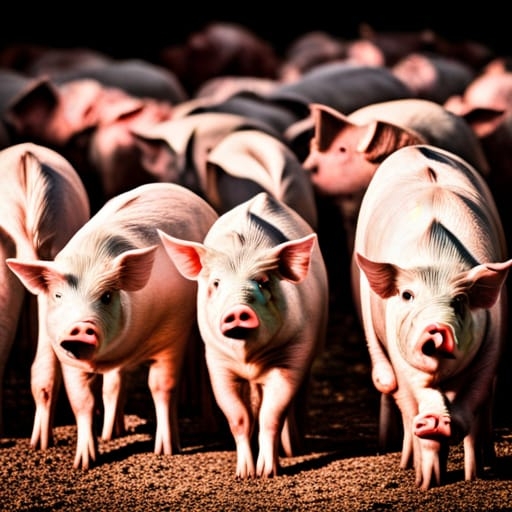Accountability and a comprehensive approach to export programming

WPI’s team helped construct a strategic approach to develop, implement, and track promotional activities in 8 key regions across the globe for an agricultural export association. With continued progress measurement and strategic advisory services from WPI, the association has seen its ROI from investments in promotional programming increase by 44 percent over the past 5 years. Not only does this type of holistic approach to organizational strategy provide measurable results to track and analyze, it fosters top-down and bottom-up organizational accountability.

 Everyone knows the volume traded this week will be lower, but there is no break in the directional adjustments. The corn market still had to continue its march higher, worries about wheat supplies moving out of Ukraine and even volume was not totally lower with soymeal and lean hog trading keep...
Everyone knows the volume traded this week will be lower, but there is no break in the directional adjustments. The corn market still had to continue its march higher, worries about wheat supplies moving out of Ukraine and even volume was not totally lower with soymeal and lean hog trading keep...
 USDA released its quarterly Hogs and Pigs report today. The inventory of all hogs and pigs on 1 December was 75.5 million head, up 1 percent from December 2024, and up slightly from 1 September 2025. Breeding inventory, at 5.95 million head, was down 1 percent from last year and up sligh...
USDA released its quarterly Hogs and Pigs report today. The inventory of all hogs and pigs on 1 December was 75.5 million head, up 1 percent from December 2024, and up slightly from 1 September 2025. Breeding inventory, at 5.95 million head, was down 1 percent from last year and up sligh...
 Beef packer margins deteriorated further last week, extending their move into negative territory after early December’s strong profits. Margins fell another $65/head to –$140 as fed cattle prices held firm while the Choice cutout slipped nearly $2/cwt. The tightening spread reflects...
Beef packer margins deteriorated further last week, extending their move into negative territory after early December’s strong profits. Margins fell another $65/head to –$140 as fed cattle prices held firm while the Choice cutout slipped nearly $2/cwt. The tightening spread reflects...